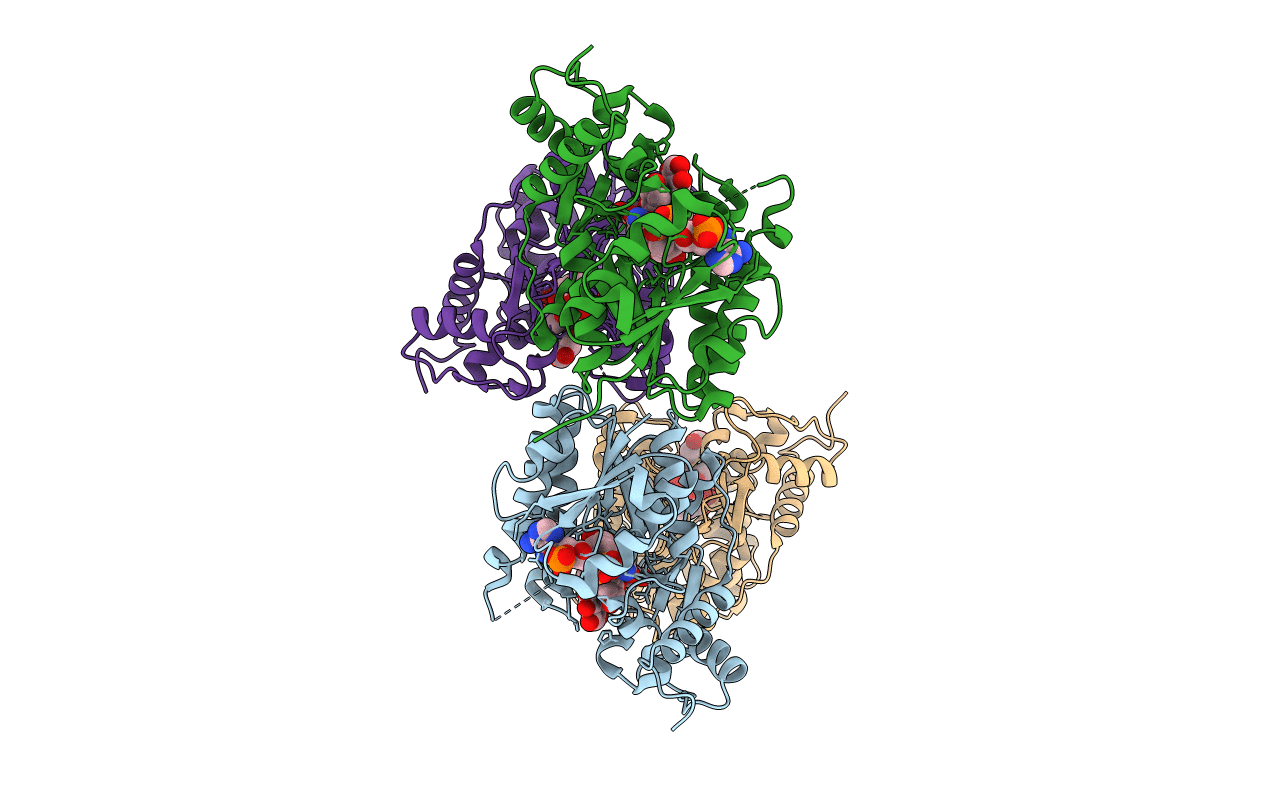
Deposition Date
2008-01-24
Release Date
2008-02-19
Last Version Date
2023-08-30
Entry Detail
PDB ID:
3C1T
Keywords:
Title:
Binding of two substrate analogue molecules to dihydroflavonol 4-reductase alters the functional geometry of the catalytic site
Biological Source:
Source Organism:
Vitis vinifera (Taxon ID: 29760)
Host Organism:
Method Details:
Experimental Method:
Resolution:
2.25 Å
R-Value Free:
0.25
R-Value Work:
0.18
R-Value Observed:
0.18
Space Group:
P 1 21 1


